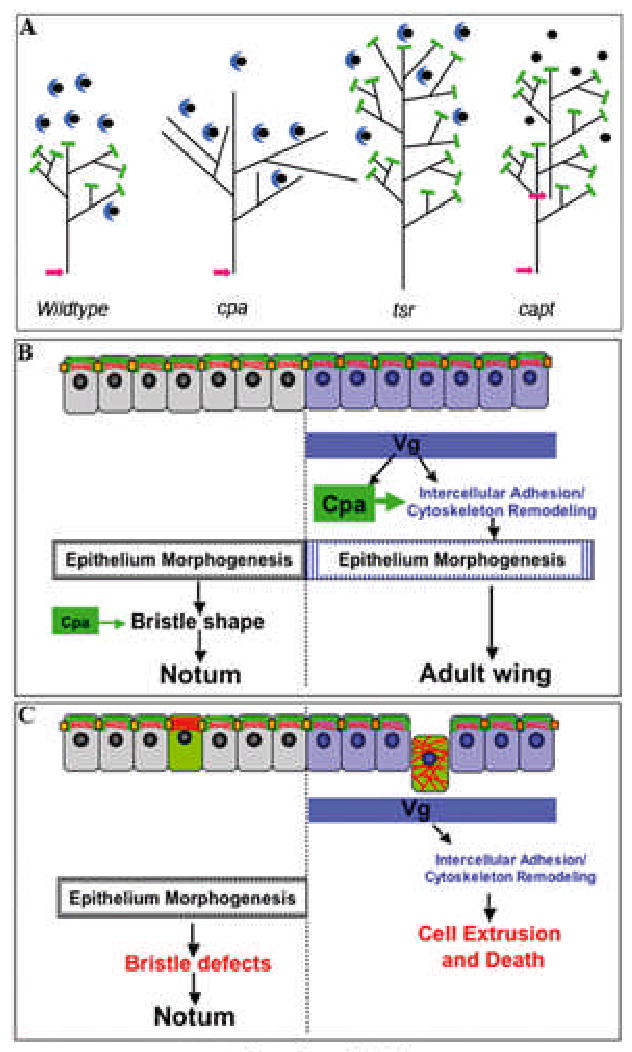Figure 7. Models for the effect of CP and Vg on wing morphogenesis.

(A) The phenotypic differences between cpa, tsr and capt could be due to different structures of the actin network in mutant cells. CP is represented by green bars, Capt by blue crescents binding to monomeric actin, and Cofilin activity by pink arrows. Loss of cpa would result in extension of each branch of the network. Loss of tsr would make the core filament longer, while the length of branches would be unchanged as they have no free pointed ends. Loss of capt would free more actin monomers for incorporation into networks with the wildtype structure. (B) Cpa (green) is expressed at the apical membrane and co-localized with junctional complexes (orange squares) that link the actin cytoskeleton (in red) of neighboring cells. Vg expression differentiates the wing blade from the notum, enhances cpa expression and also alters the cytoskeleton in such a way as to make the cells dependent on cpa. These changes may contribute to morphogenesis of the adult wing blade. In the notum, Cpa contributes to bristle development. (C) cpa mutant cells (green) accumulate actin filaments near the apical membrane and are maintained in the epithelium in the notum, causing defects in bristle development. However, in the wing primordium, due to other cytoskeletal properties induced by Vg, cpa mutant cells mislocalize junctional components, accumulate actin filaments throughout the cell, are extruded and die.
